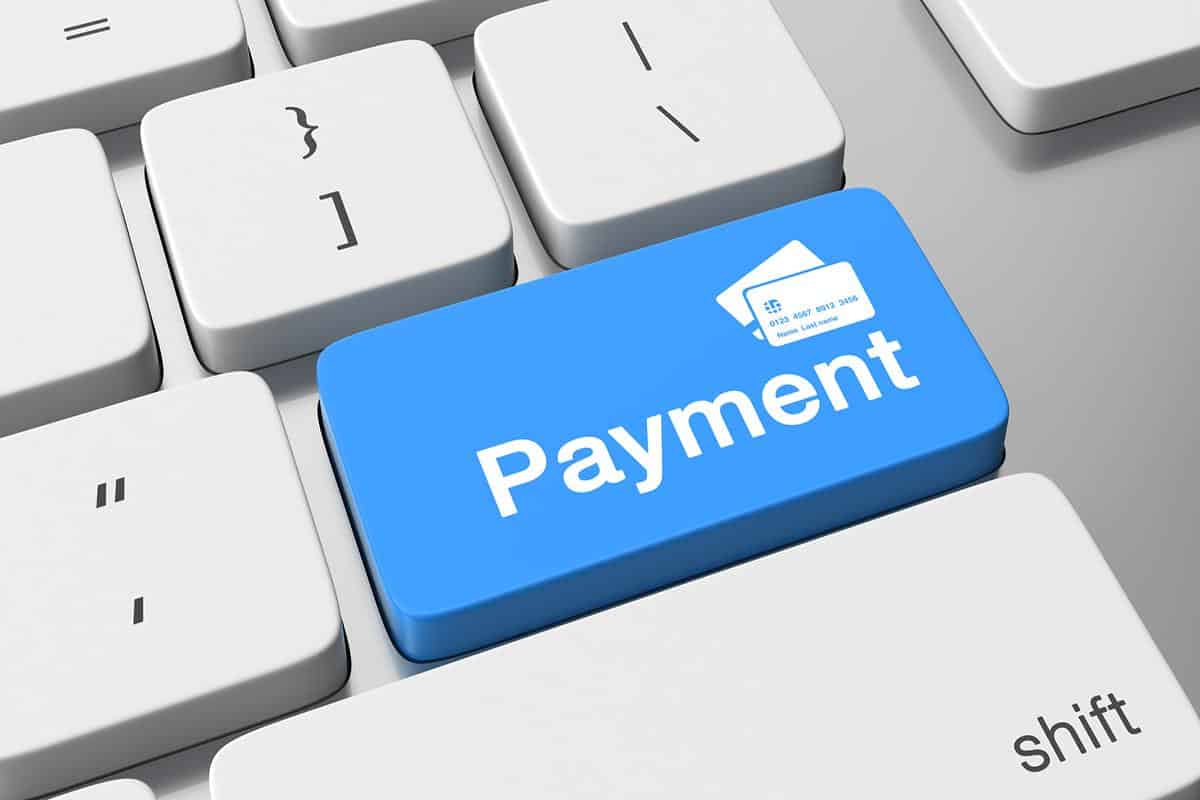
In retail, the customer is king. Certainly, when it comes to payments innovation in ecommerce marketplaces that well-worn trope has held true. From single-click purchasing and digital wallet payment options to buy-now-pay-later schemes and even cryptocurrency payment functions, marketplaces have bent over backwards in providing a range of seamless and compelling payment options to buyers.
And why not? Convenience is a major selling point of digital commerce, and buy-side payments innovation is a great way of attracting customers to your platform. Get the customers, the thinking has gone, and sellers and merchants will follow hot on their heels.
Until now, this approach has been a huge success. It has served the likes of Amazon, eBay, Uber, and Etsy very well indeed, winning the sort of customer loyalty most companies struggle to attain. In part due to the innovations of ecommerce giants, three in five consumers now say that digital marketplaces are their shopping channel of choice.
Today however, we are at the beginning of a significant shift in focus away from buying-side payments innovation towards the selling-side. Long neglected, it’s becoming increasingly clear that selling-side innovation is critical to success over the long term as increased competition drives the transformation of ecommerce marketplaces.
The ecommerce marketplace explosion
To some extent, marketplaces are falling victim to their own success. According to McKinsey, up to 70% of all digital commerce will be conducted on ecommerce marketplaces by 2025. Forester has noted a $2 trillion shift in value from traditional retail, dealer, and reseller channels into marketplaces. Concurrently, the marketplace model is exploding and is currently the fastest growing model in commerce. Alongside the familiar marketplaces, merchants are building their own cross-brand platforms, with B&Q and Mirakl’s collaboration a prime example.
The marketplace explosion is great news for consumers, who will benefit from more choice than ever, but it provides a challenge for the marketplaces themselves. The rapid growth in the number of marketplaces that we are currently experiencing means that they will need to compete to attract merchants and sellers.
The challenges of growth
With more marketplaces than ever, merchants have a real choice over where to list their brands and goods. With only so many hours in the day merchants will not be able to list everywhere, and instead most will select the channels that are best suited to their needs. That means marketplaces will need to do more to improve the user experience for the selling-side, including in the long-neglected area of payments.
Getting this right is mission critical for marketplaces. After all, the seller is the cornerstone of success for many businesses — without them there would be no buyers, and consequently no revenue. As the landscape becomes more competitive, online marketplaces are realising they need to reduce friction for their sellers. This will come in the form of better processes, more protection, better economics, slicker payouts, and better user experiences.
However, smaller marketplaces may find achieving this goal to be harder than they expect. Many regional marketplaces are hamstrung in their growth by not having the expertise, regulatory capability, or banking and payments relationships to jump beyond being a local platform, to becoming a global one. The simple fact is that a marketplace with a gross merchandise value of $250 million or even $500 million will struggle to find a tier one global transaction bank willing to onboard them and enable them to proceed to the next level of growth. Instead, they will either need to commit considerable numbers of people and resources to building out a sizable internal global payments team; or they will need to stitch together a convoluted patchwork of payment service providers, bumping up the price of individual transactions.
Payments innovation for the sell side
Fortunately, a solution to this business pain point has emerged. Innovations in global payments processing and API-based solutions from fintech innovators mean that marketplaces of all sizes and in all niches have an opportunity to differentiate through selling-side payments innovation.
One such innovation is the emergence of “curation layer” solutions that remove complexity from business payments. The curation layer, which connects to the marketplace through a simple API, unifies global payment infrastructure on a single platform. As a result, the huge complexity involved in managing global payments takes place behind the scenes, with marketplaces and their merchants/sellers benefiting from a full range of international payments tools through one dashboard and one contract.
For marketplaces, it’s not just about ensuring that their merchants can get paid — they need to get paid themselves of course. And as well as enabling them to access new territories and tap into new audiences, payments curation services enable marketplaces to cash out seamlessly themselves from multiple markets in a variety of currencies.
In addition to making international payments simpler, payments curation also enables marketplaces to optimise the customer experience and reduce costs. This is because payments curation services sit in the flow of funds — as opposed to payments solutions built on networks of networks where the instigating party can be three or four times removed. Sitting in the flow of funds delivers economies of scale, with financial benefits that can be passed on to customers and tighter control of the end user experience.
What’s more, by streamlining processes through a single platform, API, and payments partner, the curation layer accelerates payments processes and improves accountability. If there is an issue anywhere on the payments supply chain, the marketplace has only one relationship to manage, which frees up time to focus on core business activities such as improving their selling-side offering.
The evolution of ecommerce marketplaces
Change is afoot in the world of ecommerce. While marketplaces have been around in one form or another for decades, they are only growing in importance and look set to become the de facto purchase channel for digital retail. As this happens, a shift in emphasis is taking place. While buying-side user experiences will always be important, marketplaces now understand they must do more to attract merchants and sellers, and that means making it as easy as possible for them to conduct business through the marketplace. Payments innovation will be a core pillar of success. Marketplaces that can offer frictionless, easy-to-manage, and cost-effective global payments infrastructure will stand out from the crowd and win the merchant base they need for their platforms to thrive and grow.
Author
Aran Brown is CEO and Co-Founder at Paytrix









